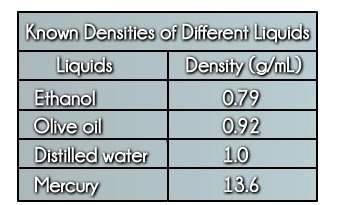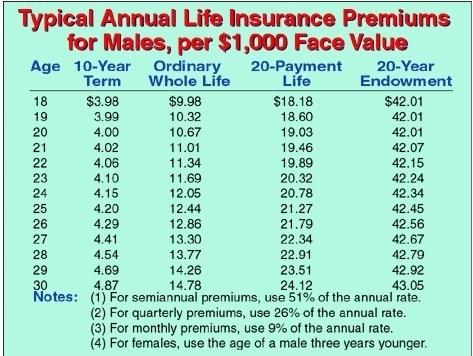
Physics, 09.04.2021 02:40 yousifgorgees101
In the process of fluorescence, a molecule in its ground state will absorb a photon with a certain energy Eex, called the excitation energy, and then emit a photon with energy Eem, the emission energy. Obviously, the molecule cannot emit more energy than was absorbed.
a) You wrote in your notebook that you excited a fluorescent bead at λ = 640 nm and found that it fluoresced (emitted) at λ = 520 nm. Or was it the other way around? Do a calculation and see if those figures should be switched.
b) You shine a laser on your bead at the excitation wavelength. The laser has a power of 1 mW. How many photons are emitted by the laser in one second?
c) You wish to build a microscope that allows you to excite the bead at its excitation wavelength and detect the fluorescence at the emission wavelength. This requires a pair of filters, one that allows only the excitation wavelength to pass through, and the other that allows only the emission wavelength to pass through. What color will these filters appear (i. e. what color light will they transmit?) You may have to look at an electromagnetic spectrum to figure this out…

Answers: 3


Another question on Physics

Physics, 21.06.2019 17:50
Frost wedging occurs when water seeps into a crack in a rock, freezes, and causes the crack in the rock to widen. t or f
Answers: 1

Physics, 22.06.2019 10:00
Two objects of different mass start from rest, are pulled by the same magnitude net force, and are moved through the same distance. the work done on object 1 is 900 j. after the force has pulled each object, object 1 moves twice as fast as object 2. how much work is done on object 2?
Answers: 1

Physics, 22.06.2019 10:10
In a simplified model of the human eye, the aqueous and vitreous humors and the lens all have a refractive index of 1.40, and all the refraction occurs at the cornea, whose vertex is 2.60 cm from the retina. what should be the radius of curvature of the cornea such that the image of an object 40.0 cm from the cornea’s vertex is focused on the retina?
Answers: 1

Physics, 23.06.2019 00:00
When flexing to a reflective style, one should be specific, brief and to the point, and maintain a fast and decisive pace?
Answers: 2
You know the right answer?
In the process of fluorescence, a molecule in its ground state will absorb a photon with a certain e...
Questions






Computers and Technology, 24.07.2020 03:01


Geography, 24.07.2020 03:01
















